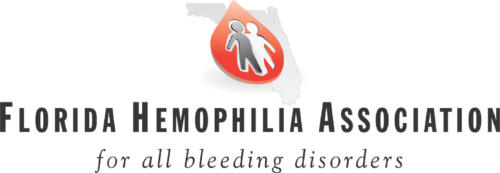
Women’s Bleeding Disorders
Women can and do have bleeding disorders. Despite the misconceptions about bleeding disorders in women, women’s voices are now being taken more seriously.
Von Willebrand Disease (VWD), the most common bleeding disorder, affects both males and females in equal numbers. Carriers of hemophilia with low factor levels often suffer from bleeding programs; these carriers have been called symptomatic carriers and are said to potentially have mild hemophilia. Women and girls may also have factor I, II, V, VII, X, XI, XIII deficiencies and platelet disorders.
Women with bleeding disorders often go undiagnosed or misdiagnosed, which can subsequently cause serious consequences.
You may have a bleeding disorder if you have one or more of the following symptoms:
- Heavy menstrual periods
- Bleeding for more than 7 days, from the time it began until it stopped
- Flooding or gushing of blood, limiting daily activities such as work, exercise or social activities
- Passing clots that are bigger than a quarter
- Changing tampon and/or pad every 2 hours or less on heaviest day
- Being told you are “low in iron” or have anemia
- Having bleeding symptoms and someone in your family has a bleeding disorder, such as von Willebrand disease, or a clotting factor deficiency, such as hemophilia
- Heavy bleeding from dental surgery, other surgery, or childbirth.
- Frequent nose bleeds that last longer than 10 minutes
- Bleeding from cuts lasting longer than 5 minutes
- Easy bruising (weekly, raised, and larger than a quarter)
If you have one or more of these symptoms, talk to your doctor or other healthcare professional.
“Victory for Women”, an initiative of the National Hemophilia Foundation (NHF), seeks to educate health care providers about women and bleeding disorders and build awareness among women and girls themselves. Informational pamphlets, reference lists, research results and other excellent materials are available through the NHF.
